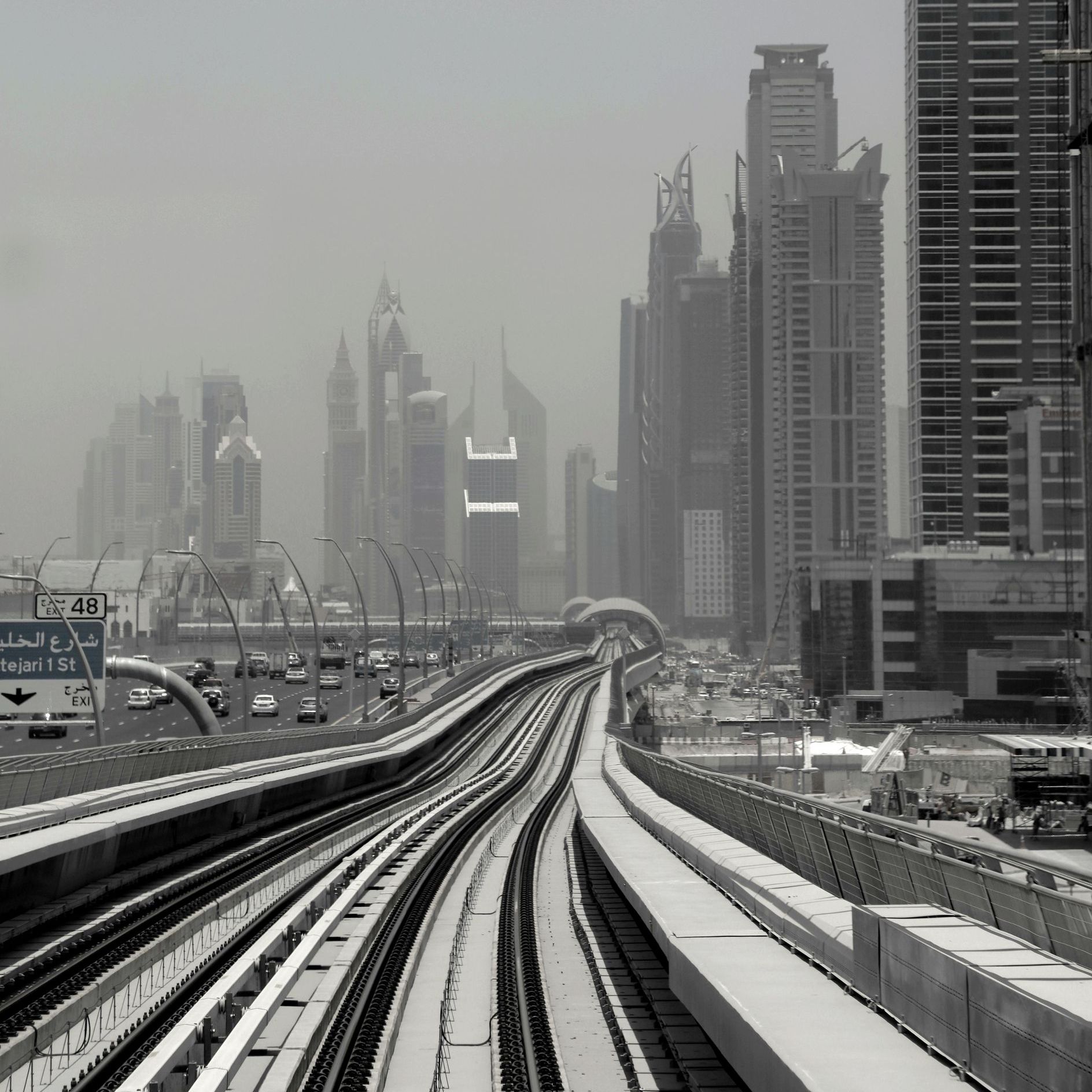Short Distance Transport Need
Immediate need for short distance transport

photos: pexels
Is there a way to draw attention to society regarding its need to break bad a habit? At what level can such a message be sent? The ‘green’ mantra has been fabricated as an emotionally charged political agenda message. Its hysteria portrayal as ‘climate disaster’ is filled with a deceptive connotation to benefit the self-enrichment in hypocrisy, with tyranny as its intent. What honest way is there to announce that transportation should be efficient?
Sustainability is indeed vital. It’s imperative to urban growth. And yet, with the current methodology of land-use design, sustainability is impossible. The foundation to all urban growth is its primary source of transportation. Since Western Society is based upon the automobile centric land-use design: and the automobile is totally unsustainable, all of its urban growth continues the path of unsustainable.
Where is the research in finding more efficient ways of transportation that can replace cars? It’s fair to say: it doesn’t exist. To those who would argue that VTOL technology is a solution, VTOL technology is only advanced helicopter aeronautics, currently unable to adhere to; or enable an automobile’s independence. Anyone without knowledge of the VTOL acronym is unqualified to participate in a serious VTOL transportation conversation.
Today’s necessity for sustainable transportation
The primary function to attain sustainability is the critical need for new modes of transportation that are sustainable.
Following nature, one observes that it’s undeniably composed with a standard flow of sustainable patterns. It provides a course to follow. Nature has oceans and lakes, rivers and streams, rain and clouds. This sustainable flow can be adapted to transportation.
Transportation is a social need. What is a solution to attain a short distance transportation technology? We’re back to the same predicament. How to design and build a new mode of transportation that doesn’t exist yet? How quickly can such a device be produced?
There are many CATTCC blogposts applicable to advance transportation technology. The two areas of needed transportation advancement are short-distance and long-distance.
Short-distance transportation
Sustainable transportation is with the use of efficient energy. Today’s methodology of utilizing a 2,500 – 4,500-pound vehicle to carry a 300-pound load is not efficient. Without elaborating on the environmental, economic, and social impacts; the physics of energy consumption of an automobile is inefficient. It’s motor or propulsion method is irrelevant. The weight to load capacity restricts its sustainability.
Another aspect of inefficient physics is friction. Utilizing levitation as a short-distance transportation method would avoid the energy consumption of both weight and friction. This provokes questions of why this methodology is refrained from investigation. There are over 30 CATTCC blogposts regarding short-distance transportation research. This is a crucial component to sustainability.
Some of the topics for a discussion about short-distance transportation are about using the available electricity in Earth’s atmosphere. Other topics include engaging Earth’s magnetic field.
Throughout the blogposts are many concepts to stimulate study. Since levitation is vibrational mass, and crystals vibrate specific frequencies, can this be used with electromagnetic fields at the subatomic level to enable levitation for a vehicle?
Electrostatic Levitation
Electrostatic levitation can also be demonstrated using common household materials, such as Styrofoam and tinsel, which can be charged and repelled from each other to create a levitation effect.
L=1/2 pv2 SCL
This equation represents the lift force (L) generated by electrostatic levitation, where ρ is the air density, v is the velocity of the air, S is the surface area, and CL is the lift coefficient.
Levitating Styrofoam holds a negligible impact as a method of transportation. What this does is to signify that the atmosphere holds electrostatic significance.
Throughout the many blogposts; are mentions of Earth’s atmospheric electric potential, as well as Earth’s massive magnetic field, as potential approaches to be captured for efficient transportation.
Using Earth’s available potential are expounded upon by perceived physics law as taught by notable scientific voices like Richard Feynman. The future is built upon going beyond the perceived perception of physics standards. It’s where the future of transportation begins.
In the blogpost, Levitation, Solve For A+B, a segment; The nature of CSE, is the analysis of the Cavity Structures Effect (CSE). It refers to an article by Ville Pilppola at Aetherforce.energy:
The nature of the CSE
“There have been many hypotheses about the physical nature of the CSE, but there is one theory that deserves greater attention. It was developed earlier by Valery F. Zolotariov (1931-2000), Doctor of Physical and Mathematical Sciences, and it is now experimentally confirmed.
“As a result of a long collaborative research Grebennikov and Zolotariov (1987) describe the discovery as “previously unknown phenomena of interaction between multi cavity structures and living systems, in which de Broglie waves associated with motion of electron flows in the solid walls of cavities create, by interference, a macroscopic field of multi cavity structures, which causes changes in the functional state of living objects located in this field”.
“The CSE is caused by the interaction between de Broglie waves and biological systems. Cavities within the solid body are de Broglie wave resonators; they are a source of standing de Broglie waves (longitudinal waves). The rhythmical location of cavities leads to a reinforcement of the effect.
“According to B. N. Rodimov (1976, as cited by Frolov, 2001) the walls of multi cavity structures can be considered as the boundaries of the potential electron’s box. The group movement of electrons leads to a system of standing de Broglie waves, which have classic frequencies.”
The relevance in the study of CSEs is important to levitation. De Broglie waves were discovered by the French physicist Louis de Broglie. In his 1924 PhD thesis, de Broglie postulated a wave nature of electrons which suggests that all matter has wave properties. His concept is known as the de Broglie hypothesis explains wave-particle duality, as both a particle and a wave. This theory addresses the core of quantum mechanics. De Broglie was awarded the 1929 Nobel Prize for Physics.
CATTCC’s research suggests CSEs influence a gravitational reaction. CATTCC also advocates levitation as the modern solution for short-distance transportation. The conclusion being that CSEs provide a means for levitation technology, inasmuch as a necessary avenue for research.
Long-distance space travel
The 45 ‘space travel’ blogposts explore theories based upon the manipulation of gravity as a viable source for ultra-fast space travel. Both ‘short-distance’ and the ‘space travel’ blogposts correspond to the 60 ‘theoretical physics’ blogposts which investigate the possibilities for new concepts of transportation. These CATTCC’s studies ask in-depth questions for discovering answers of how to implement transportation’s future. These are essential research questions for both short-distance transportation and long-distance space travel.
Conclusion
Going beyond today’s inefficient transportation methods, demands different tactics than the continuation of propulsion for motion.



